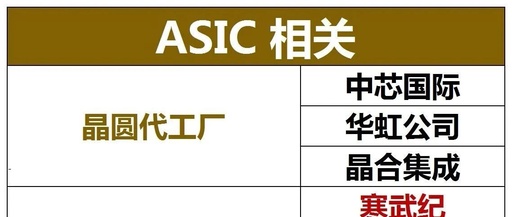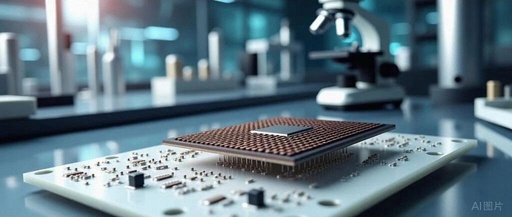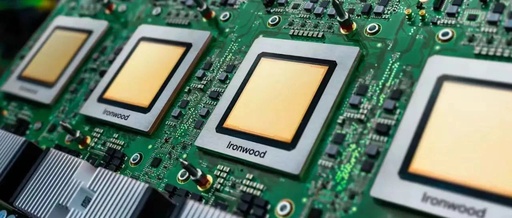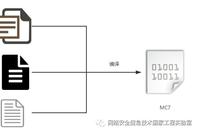Sony Launches 50-Megapixel CMOS Image Sensor LYT-828
Recently, Sony launched the 50-megapixel CMOS image sensor LYT-828, which features a dynamic range exceeding 100dB. This breakthrough significantly enhances the imaging quality of smartphone photography, particularly in suppressing highlight overexposure, dark noise, and performance in low-light environments, achieving industry-leading levels.LYT-828 achieves a dynamic range of over 100dB through the integration of single-frame HDR (based … Read more









